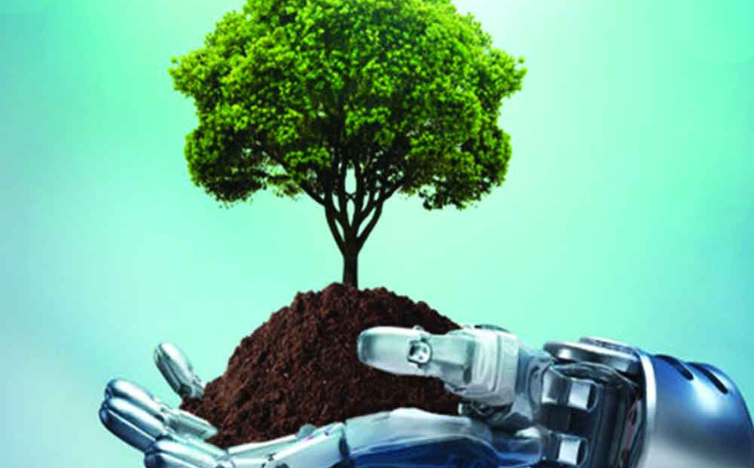Scientists are using artificial intelligence (AI) to make plants that can help stop climate change. They’re concentrating on the roots of plants to create new ones that can store more carbon for longer times.
By working with a smart AI tool called SLEAP, researchers from Salk’s Harnessing Plants Initiative, like Talmo Pereira and Professor Wolfgang Busch, are leading this study. SLEAP, originally made for tracking animal movements, is now being used to understand plants better.
Before SLEAP, scientists had to spend a lot of time studying plant pictures manually. They had to mark parts of the images bit by bit before old AI systems could understand them. But SLEAP does things differently. It uses computer vision and deep learning to quickly recognize plant features from images.
To understand plant roots, the Salk team made “sleap-roots,” a toolkit for SLEAP. This toolkit helps SLEAP study root traits like depth and mass. It works with different plants like soybeans, rice, and Arabidopsis thaliana.
The goal is to find out which genes make plants capture more carbon. By connecting data about how plants look with their genes, scientists can make plants that store more carbon. This is crucial for fighting climate change.
Plant roots are important. They anchor plants in the ground, absorb water and nutrients, and store important things like carbohydrates.
AI like SLEAP and sleap-roots can change how we understand plants. The Salk team is talking with NASA about using these tools to study plants on Earth and in space.
The Salk Institute’s research, powered by SLEAP and sleap-roots, is making plants that fight climate change. They hope these tools will inspire researchers worldwide to join the fight against climate change.
Source: Earth




